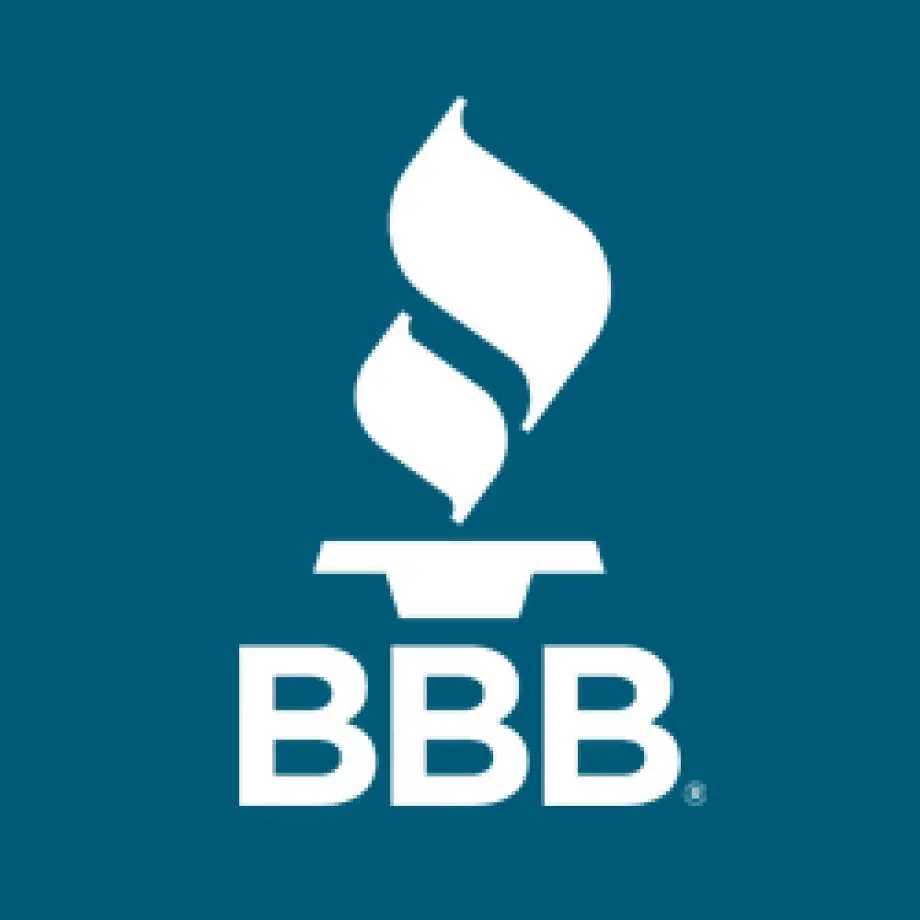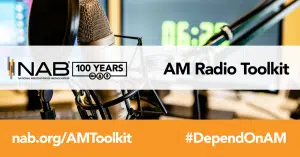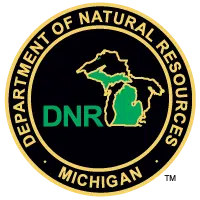As the impact of Hurricane Florence has just begun, the storm damage headlines have reached people all over the world, including those here in Michigan. In the midst of the storm, people are wondering how they can lend a helping hand. Better Business Bureau and BBB Wise Giving Alliance are advising donors to do so with caution to ensure their donations get in the right hands.
“This is not amateur hour,” notes Art Taylor, president and CEO of BBB Wise Giving Alliance. “Give.org has seen crowdfunding posts from individuals claiming to raise funds so they can deliver and distribute water, food and flashlights to impacted areas. Even if sincere, such efforts may risk lives, complicate access by professional efforts and potentially divert donations that could be directed in more helpful ways.”
“We’re no stranger to hurricane season, we’ve seen what devastation storms of this caliber can have on a community,” said Melanie Duquesnel, BBB President and CEO. It’s only natural that we would want to help those in harm’s way. With emotions running high, it’s extremely important to be cautious and do your research before giving a donation.”
In the coming days, BBBs expect to see crowdfunding appeals and “storm chasers” looking to make a quick buck off of clean-up efforts. Consumers can report suspected scams to BBB Scam Tracker (BBB.org/ScamTracker) or the office of the Attorney General in their state.
BBB Wise Giving Alliance suggests that donors keep the following tips in mind to help avoid questionable appeals for support:
Verify the trustworthiness of soliciting relief organizations by visiting Give.org to access free reports that specify if the charity meets the 20 BBB Standards for Charity Accountability.
See if the charity has an on-the-ground presence in the impacted areas. Unless the charity already has staff in the affected areas, it may be difficult to bring in new aid workers to provide assistance quickly. See if the charity’s website clearly describes what the charity can do to address immediate needs.
Find out if the charity is providing direct aid or raising money for other groups. Some charities may be raising money to pass along to relief organizations. If so, you may want to consider “avoiding the middleman” and giving directly to those that have a presence in the region. Or, at a minimum, check out the ultimate recipients of these donations to see whether they are equipped to provide aid effectively.
Be cautious about gifts of clothing, food or other in-kind donations. In-kind drives for food and clothing, while well intentioned, may not necessarily be the quickest way to help those in need – unless the organization has the staff and infrastructure to distribute such aid properly. Ask the charity about its transportation and distribution plans. Be wary of those who are not experienced in disaster relief assistance.
Understand crowdfunding. Keep in mind that some crowdfunding sites do very little vetting of individuals who decide to post for assistance after a disaster, and it is often difficult for donors to verify the trustworthiness of crowdfunding requests for support. If you decide to contribute via crowdfunding, it is probably best to give to people who you personally know that have posted requests for assistance. For more Give.org tips on crowdfunding, check out this Wise Giving Wednesday post.
Phases of disaster relief. Remember that every disaster has several phases – rescue, emergency relief, and recovery. Each part relies on public support and continuing funding for success. The need for donations doesn’t stop when the headlines do.
Disaster planning. Although it may seem obvious, no one wants to experience a repeat performance of a disaster. Areas that work toward recovery will probably also need to develop plans to better respond to a similar storm in the future. Even those that already had measures in place can find ways to improve based on experience.
Be cautious when giving online.
Be cautious about online giving, especially in response to spam messages and emails that claim to link to a relief organization. If you want to give to a charity involved in relief efforts, go directly to the charity’s Web site. In response to Katrina, Rita and the Asian tsunamis of several years ago, the FBI and others raised concerns about Web sites and new organizations that were created overnight, allegedly to help victims.
Be wary of claims that 100 percent of donations will assist relief victims.
Despite what an organization might claim, charities have fund raising and administrative costs. Even a credit card donation will involve, at a minimum, a processing fee. If a charity claims 100 percent of collected funds will be assisting hurricane victims, the truth is that the organization is still probably incurring fund raising and administrative expenses. It may use some of its other funds to pay these costs, but the expenses will still be incurred.
For additional disaster giving tips visit this link at Give.org
The emergency phase of a disaster is just the beginning. Full recovery from a disaster will be a long-term activity that can take many months or years to accomplish, depending on the extent of the damage. Those truly concerned about helping communities bounce back will have many opportunities to help in the future.





















